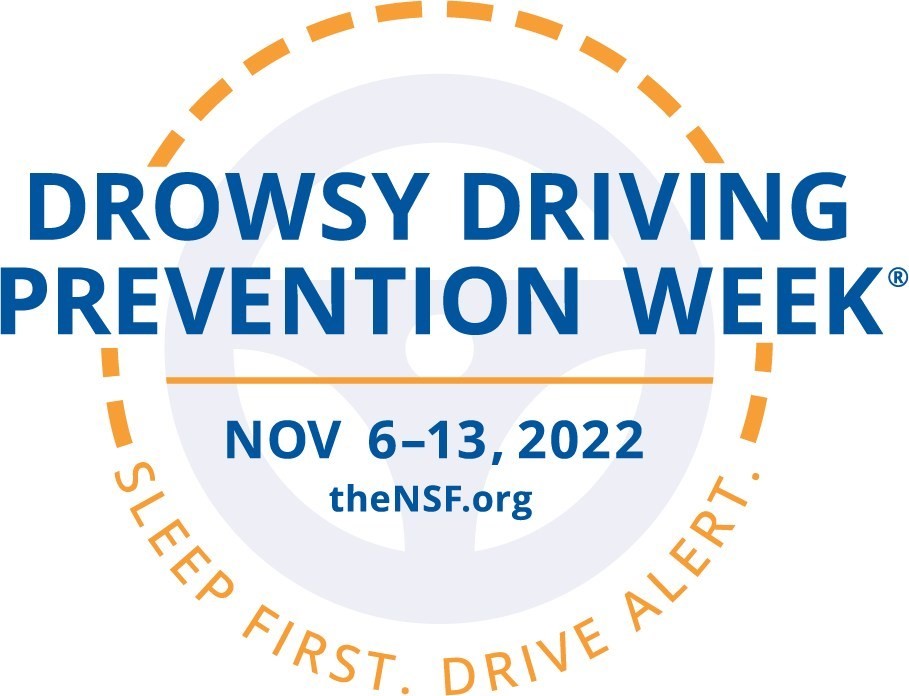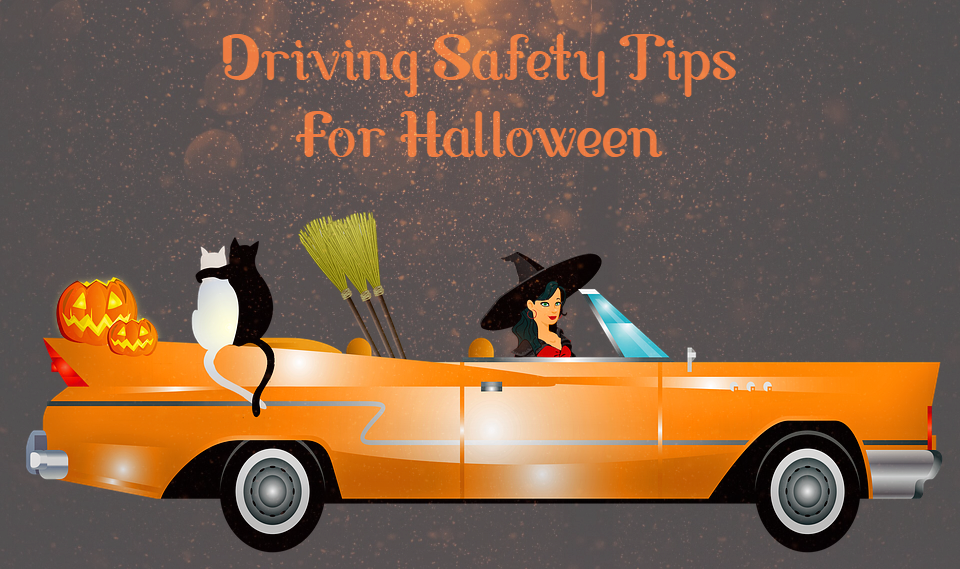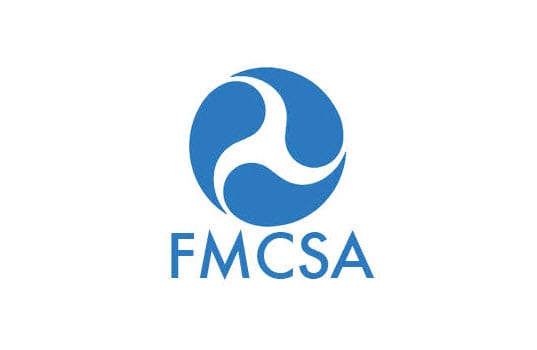The National Sleep Foundation has launched Drowsy Driving Prevention week as an educational campaign designed to save lives by increasing awareness of the dangers of driving while sleepy. The National Highway Traffic Safety Administration estimates that drowsy driving causes at least 100,000 police-reported crashes and kills more than 1,550 Americans yearly. It is curious that all states have laws to enforce drunken driving, but few have laws to cite a driver who has fallen asleep, causing an accident. Only New Jersey defines drowsy driving as recklessness under a vehicular homicide statute. Known as "Maggie's Law," New Jersey's drowsy driving law has raised awareness of the consequences of fatigue behind the wheel and has spurred significant action in other states. There are now at least eight states with 12 pending bills that address fatigued driving in various ways.
For more information on Drowsy Driving Prevention Week, visit:
https://www.thensf.org/drowsy-driving-prevention/
What You Can Do to Stay Alert While Driving
-
Sleep / Take naps: Your best bet is to get enough sleep daily. If you must stay up late, afternoon naps are a great way to get more sleep. A 15-minute nap can be very effective if you feel drowsy while driving. Make sure to pull over in a safe place. - Caffeine: Avoid caffeine during the last half of your workday, as it may contribute to sleeping problems. You can gain short-term alertness by drinking coffee or other caffeine sources if driving, but it usually takes 30 minutes to take effect and wears off after a few hours.
- Regular stops: You should stop every 100 miles or 2 hours. Switch drivers if you can.
- AC MAX – Recirculation: Do not operate the vehicle for extended periods with the AC on MAX or Recirculation. Under these conditions, the level of C02 in the vehicle increases, contributing to drowsy driving.
- Avoid Alcohol: If you have been drinking, please don't drive! In addition to being illegal, alcohol makes you sleepy and amplifies your fatigue.
If you are planning a long trip, AAA offers the following tips for avoiding fatigue:
- Prepare for your trip by getting a good night's sleep—plan to drive when you are generally awake and stay overnight rather than traveling straight through.
- Avoid driving during the body's "downtime.” According to AAA, this is generally mid-afternoon and between midnight and 6:00 a.m.
- If you have passengers, talk to them. It will help to keep you alert, and they will also be able to tell if you are showing signs of getting sleepy.
- Schedule a break every 2 hours or every 100 miles. Take a nap, stretch, take a walk, and exercise before resuming your trip.
- Stop sooner if you show any dangerous signs of sleepiness.
"TRICKS" THAT DO NOT WORK:
- Opening the window, turning on the air conditioning, or playing loud music is ineffective in keeping drivers alert for extended periods.
Halloween Driving “Tricks” to Keep Everyone Safe
To help everyone bring home treats — not tragedies — follow these tips for a safe Halloween:
- Focus on your driving. A single distraction could lead to a tragedy.
- Stay well below the posted speed limit.
- Pay attention to what's happening on sidewalks and roadways. Watch for children darting across streets, especially between parked cars.
- Be extra alert when pulling in and out of driveways.
- Do not assume children can see you or are paying attention. You need to take that responsibility.
- Drivers should also check that all lights on their car work.
- Do not pass other vehicles that have stopped in the roadway. They could be dropping off children.
- If you're driving a group of children, but staying in the running vehicle at the curb, be sure to alert other motorists on your hazard lights.
- And if you're driving to a Halloween party, put that mask on after you park the car.
Parents can help motorists, too:
- Make sure drivers can see the children. Give them flashlights and glow sticks—dress kids in bright, reflective clothing or use reflective tape on their costumes.
- Use makeup rather than masks, so children have a clear, unobstructed view of their surroundings.
- Be sure children know how to cross a street -- look left, right, and left again before crossing.
- Instruct children to stay on sidewalks and to cross only at corners or crosswalks.
- Accompany your children as they trick or treat
CVSA Announces Results of Hazmat Inspections in June
The Commercial Vehicle Safety Alliance inspected 6,204 trucks transporting hazardous materials over a five-day period in June in the U.S. and Canada. Over half of the vehicles inspected during the unannounced inspection program were transporting Class 3 flammable and combustible liquids.
The inspections turned up 1,774 violations of the Hazardous Materials Regulations, including:
- 408 shipping papers violations
- 269 non-bulk/small means of containment packaging violations
- 272 bulk packaging/ample means of containment packaging violations
- 76 non-bulk/small means of containment labeling violations
- 159 bulk packaging/ample means of placarding containment violations
- 79 other safety marks violations
- 168 loading and securement violations
- 43 HM/DG package integrity (leaking) violations
- 84 Transportation of Dangerous Goods Training Certificate violations (Canada only)
According to U.S. Federal Motor Carrier Safety Administration’s data for the last calendar year (as of August 26, 2022), the top five hazmat violations in the U.S. were:
- The package is not secure in the vehicle
- No copy of the USDOT HM registration number
- No or improper shipping papers (carrier)
- Shipping paper accessibility
- Vehicle not placarded as required
FMCSA COVID Emergency Declaration Finally Expires; HME Extensions Available
The Federal Motor Carrier Safety Administration’s Emergency Declaration granting driver hours of service relief for transportation in response to the COVID-19 emergency expired at midnight on October 15, 2022.
Drivers who have Hazardous Materials Endorsements that have or will expire between July 1 and December 27, 2022, may still receive an extension of the HME validity for up to 180 days, however. Check with your driver’s State Driver Licensing Agency to confirm that an extension is available.











